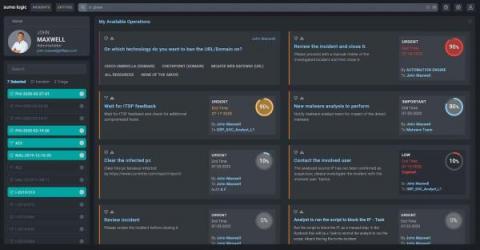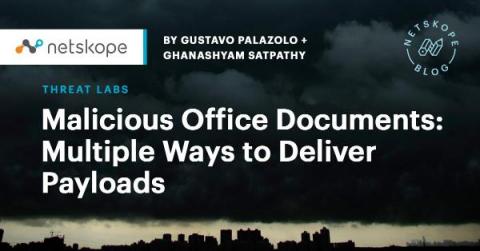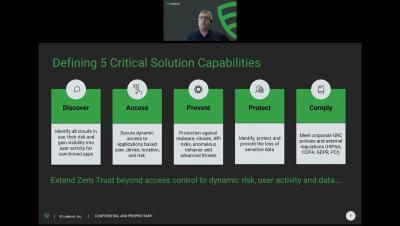Security | Threat Detection | Cyberattacks | DevSecOps | Compliance
Technology
Zero Trust isn't a Buzzword
Achieving Zero Trust? One Size Does Not Fit All
More than a year of near-universal remote work has proven that many of us can reliably stay productive from anywhere — whether it be from home, co-working spaces or otherwise. Businesses have caught wind of this, and according to IDC, 60% of them will continue with remote work or implement a hybrid model even after they reopen their offices again. This calls for a paradigm shift in the way we conduct cybersecurity.
A buyers guide: What to consider when assessing a CASB with Hank Schless
Talking the End of Passwords with Friends and Family
Engineers worldwide have a tradition to look forward to every holiday season. You are taking in a sporting event on Thanksgiving Day when your uncle asks you why he keeps getting a message to update his iPhone; it’s only two years old. Or your grandma needs help with her hacked Facebook account.
Stopping IOT Attacks using NDR
Monitor Google Workspace with Datadog
Google Workspace (formerly G Suite) is a collection of cloud-based productivity and collaboration tools developed by Google. Today, millions of teams use Google Workspace (e.g., Gmail, Drive, Hangouts) to streamline their workflows. Monitoring Google Workspace activity is an essential part of security monitoring and audits, especially if these applications have become tightly integrated with your organization’s data.
Malicious Office Documents: Multiple Ways to Deliver Payloads
Several malware families are distributed via Microsoft Office documents infected with malicious VBA code, such as Emotet, IceID, Dridex, and BazarLoader. We have also seen many techniques employed by attackers when it comes to infected documents, such as the usage of PowerShell and WMI to evade signature-based threat detection. In this blog post, we will show three additional techniques attackers use to craft malicious Office documents.
It's Time to Get Rid of Passwords in Our Infrastructure
Passwords are everywhere. Sometimes they are obvious — hardcoded in the code or laying flat in the file. Other times, they take the form of API keys, tokens, cookies or even second factors. Devs pass them in environment variables, vaults mount them on disk, teams share them over links, copy to CI/CD systems and code linters. Eventually someone leaks, intercepts or steals them. Because they pose a security risk, there is no other way to say it: passwords in our infrastructure have to go.











